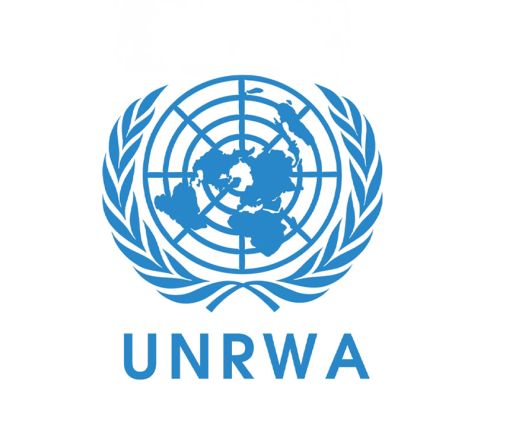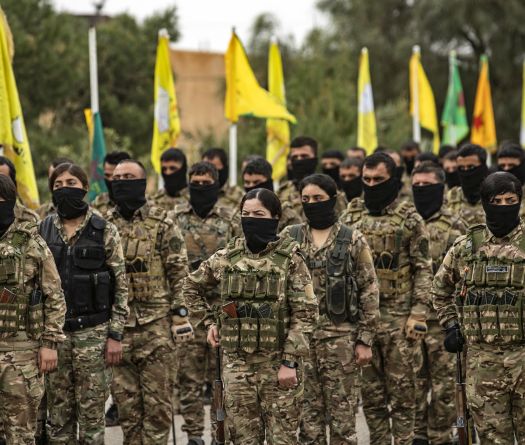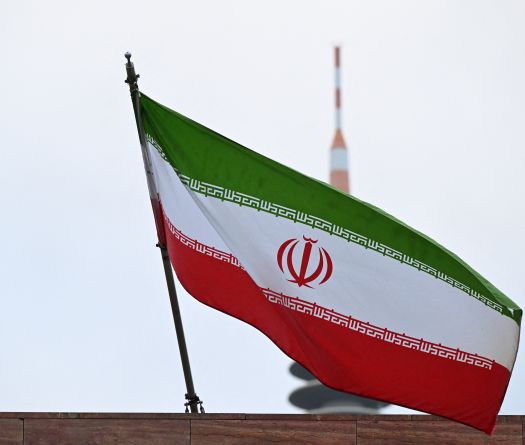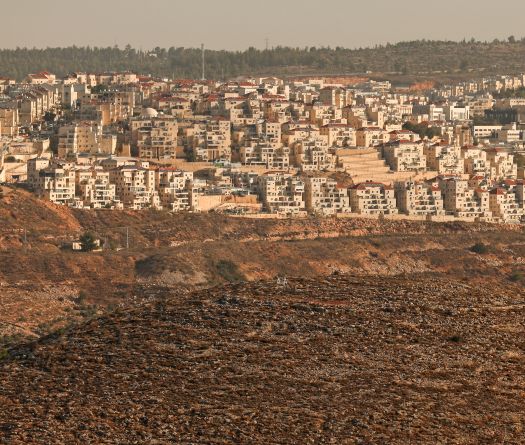
- 11:55 Denmark says will summon US ambassador over 'totally unacceptable' appointment of Greenland envoy
- 10:42 Cambodia says Chinese national wounded by Thai military shelling suy/sco/pbt
- 10:25 Broken Cambodia-Thailand pact was rushed ahead of Trump ceremony: Thai FM sco/pbt
- 10:01 Thai FM says Cambodia agrees to border committee talks Wednesday tp-sco/pbt
- 09:01 Russian general killed in a Moscow explosion: investigators
- 07:00 NGOs say Swiss court to hear landmark climate case against cement giant
- 07:00 Australian PM apologises to Jewish community for Bondi shooting
- 06:20 Police allege Bondi gunmen condemned 'Zionists' in video before shooting: court documents
- 06:19 Police allege Bondi gunmen made 'reconnaissance' trip to beach before shooting: court documents
- 06:15 Police allege Bondi shooters trained for attack in Australia: court documents


Christmas in South Lebanon: Villages Orphaned of Their Youth
Katia Kahil 21/12 11:30

Financial Gap Law: Farewell to a Lifetime’s Savings… Where Is Karim Souhaid?
This is Beirut 20/12 15:55

Egyptian PM Pledges Full Support to Lebanon
This is Beirut 19/12 14:35

Israel and Lebanon Hold Second Direct Talks in Naqoura
This is Beirut 19/12 12:40
See all

Netanyahu Set to Present Iran Strike Options to Trump
This is Beirut 20/12 20:10

Israeli Military Says Detained Suspected IS Jihadist in Syria
This is Beirut 20/12 20:10

Syria Monitor Says US Strikes Killed at Least Five Islamic State Members
This is Beirut 20/12 14:32

Rubio Urges Hamas Disarmament As Key To Gaza Peace
This is Beirut 19/12 23:30

Syria Welcomes Lifting of US Sanctions
This is Beirut 19/12 21:56

































